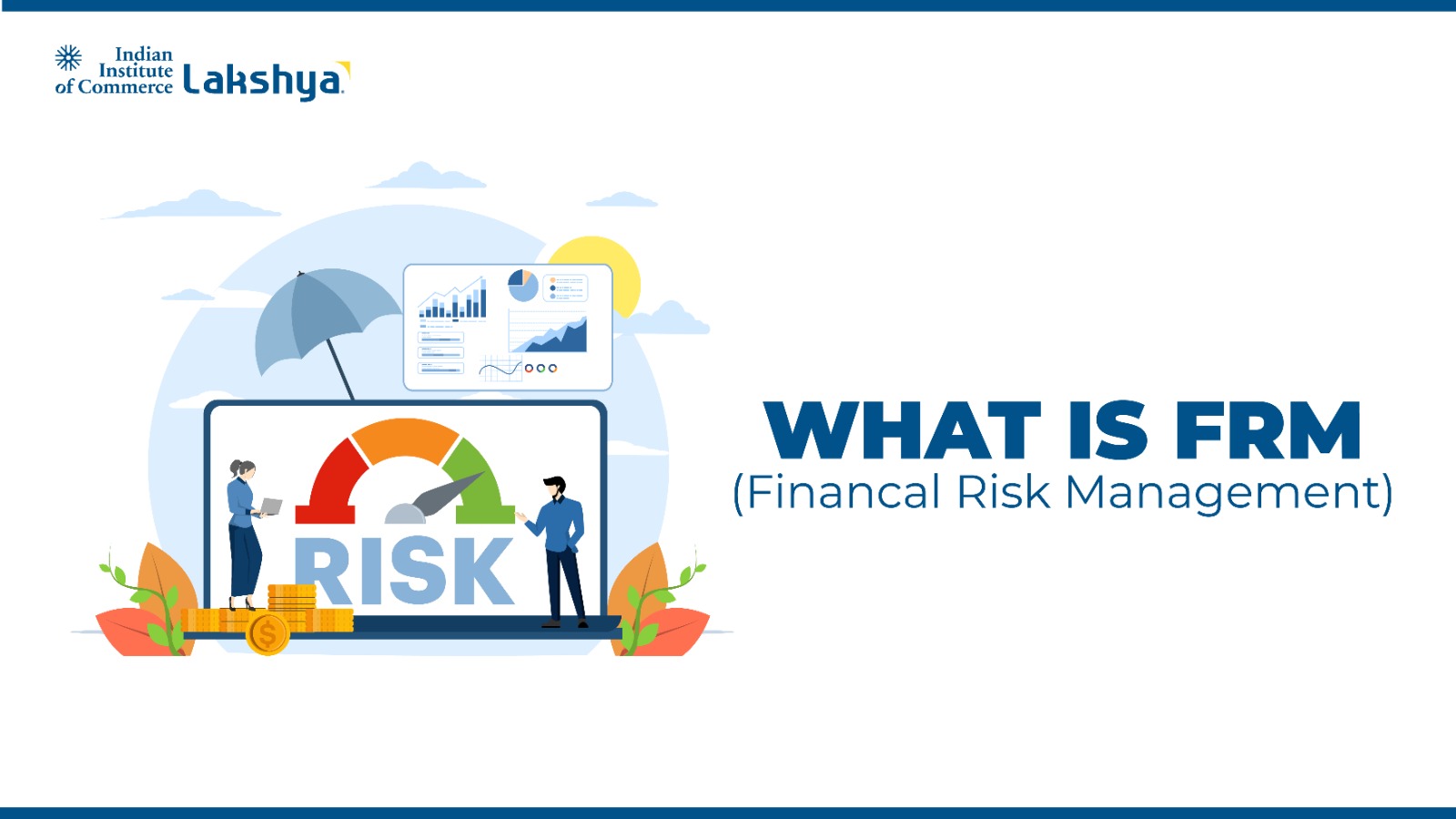What is Capital Budgeting & its process and methods?
![]() By IIC Lakshya
By IIC Lakshya
![]() 25 May 2024
25 May 2024
![]() ACCA, CA
ACCA, CA

People who have a keen sense of finances often wonder what is capital budgeting, its process, and how it is employed. To evaluate a project's possible risk and anticipated long-term return on investment, businesses use capital budgeting - a financial management technique. Another name for it is an investment appraisal. It entails looking at the cash inflows and outflows from a project to see if the projected return fits within a set threshold. Since companies may not have a lot of resources to develop projects, it is crucial that they carefully consider the value they hope to obtain and the capital expenditure that will be necessary.
Financial decision-makers can choose which projects to authorize and pursue with greater knowledge thanks to capital budgeting. It's like a tool that businesses may use to track a project's progress and make sure it is adding to the anticipated value. Because of the size of their investments and the associated risks, capital budgeting becomes a necessity for businesses.
The capital budgeting process in financial management focuses on the cash flow consequences of investing rather than the resultant profits. This is done to avoid complicated calculations with accounting rules like depreciation.
What is the process of Capital Budgeting?
So, how does the capital budgeting process work? Certain essential features define the capital budgeting process:
Long-term:
This step entails making long-term investment decisions that will impact your company's financial stability.
Time-sensitive:
It considers the time value of money, which indicates that a dollar now is more valuable than a dollar tomorrow. It's like deciding whether to eat a cookie now or wait for two cookies later; you have to weigh the benefits of delayed gratification.
Risk-conscious:
Another element is risk assessment. Businesses must thoroughly assess the possible risks and rewards of each investment opportunity to make informed decisions.
Predictive:
Capital budgeting requires precise financial forecasting, which entails predicting cash flows and other expenses.
Needs Collaboration:
Finally, capital budgeting necessitates coordination and communication across various divisions and stakeholders inside a corporation.
Steps Involved in Capital Budgeting
The organizational structure of a business determines how it handles the capital budgeting procedure. In any event, before beginning the first of five steps in capital budgeting that regulate the process, it's critical to keep the company's strategic goals in mind.
Choosing and Coming Up With Projects:
- Assemble suggestions and ideas from all areas of the organization.
- It's beneficial to have a submission process that may involve the use of templates, but cash flow, cost, and benefit estimates are always necessary.
- It is typical for a developing company to receive numerous applications vying for limited funding.
Assessing the Initiatives:
- This process focuses on determining whether the various proposals are feasible.
- It starts with a screening to make sure the sponsor has done their research and that all the necessary material is included.
- It is customary to demand that ideas undergo a rigorous evaluation process by several departments within the organization, including approval from managers of operations, sales, and accounting before being submitted.
- Establishing the standards to be applied to the proposals, such as acceptable risk, hurdle rates, and budget thresholds, is another aspect of project review.
- Management sets the criteria at its discretion to raise the company's worth.
Choosing a Project:
- Proposals are evaluated, and those that match the criteria and are deemed a good business move are approved.
- The timing and importance of competing projects are frequently considered in the selection process, particularly when proposals exceed the company's available money or execution bandwidth.
Implementing the Project:
- An implementation plan is created after approving a proposal.
- This plan outlines crucial project components. Like funding and cash flow tracking.
- It also establishes a project timeliness and a target completion date.
- The implementation plan also outlines important project individuals, authority levels, and a method for escalating exceptions such as delays or budget overages.
Evaluating Project Performance:
- The final phase in capital budgeting is to compare the project's actual results to the authorized proposal.
- It is a good idea to do this at both predefined implementation milestones and at the end of the project.
What are Capital Budgeting Methods?
Companies can use one or more of the different methods of capital budgeting listed below, to value and evaluate capital projects. The strategies reject initiatives that do not meet a company's basic performance standards. Capital budgeting methods are also useful for comparing competing projects and creating rankings.
1. Payback Period Method
It refers to the time needed for a proposed enterprise to make sufficient cash to make up for the initial investment. The project with the shortest payoff is chosen by the company.
2. Net Present Value Method (NPV)
Companies profit from the NPV technique when calculating capital investment projects. Cash flows may be inconsistent over time. The price of capital is used to evaluate the deduction. An evaluation is conducted based on the investment made. The value of inflows compared to existing outflows decides whether or not a project is approved or rejected.
This strategy takes into account the time worth of money and applies it to the company's goal of maximizing profits for its shareholders. The capital cost takes into account the cash flow generated by the product over its entire life cycle, as well as the risks connected with it. The capital cost is then estimated based on an estimate.
3. Internal Rate of Return (IRR)
IRR refers to a method in which the net present value is zero. In such a case, the cash outflow rate equals the cash inflow rate. Although it covers the time value of money, it is one of the more complicated ways.
The corporation authorizes the project if the IRR surpasses the average cost of capital, and rejects it otherwise. If the corporation must pick between several projects, it will select the one with the greatest IRR.
4. Profitability Index
This method determines the ratio of the current value of additional revenue in the future to the initial expenditure. A profitability index score of less than 1.0 shows that cash inflows are less than the initial cost of investment. In line with this, an index of profitability greater than 1.0 indicates increased flows of cash, so the project will be accepted.
To sum it up, capital budgeting is a critical component of any organization's financial decision-making process. It entails evaluating potential investment possibilities and determining which projects to pursue based on their expected return on investment. A proper capital budgeting process guarantees that businesses make the most use of their limited resources while maximizing long-term profitability.
If you're looking for a course that will help you gain knowledge and expertise in capital budgeting, then look no further than ACCA and CA. We at IIC Lakshya offer coaching and guidance for courses like ACCA, CA, CMA, and many others. If you are ready to embark on this journey, explore our ACCA course for comprehensive preparation.
Frequently Asked Questions (FAQs)
What is capital budgeting? Give an example.
Capital budgeting is the evaluation of long-term investments. Examples include the addition or replacement of a fixed asset, such as machinery, or a large-scale undertaking, such as purchasing real estate or another business.
What is the main purpose of capital budgeting?
The primary purpose of capital budgeting is to identify projects that generate cash flows that surpass a company's project costs.
What are the steps in the capital budgeting process?
The steps in the process typically include choosing and coming up with projects, assessing the initiatives, choosing a project, implementing the project, and evaluating project performance.
What is an example of capital budgeting in real life?
A household considering acquiring a new car is an example of capital budgeting in action. The family would need to calculate the monetary inflows and outflows related to the purchase, including the initial cost, maintenance charges, gasoline costs, and potential resale value. They would also have to assess their budget, financing possibilities, and the investment's feasibility in terms of long-term financial objectives.

 salary.jpg)
 salary.jpg)
 salary.jpg)
 salary.jpg)





























.jpg)











